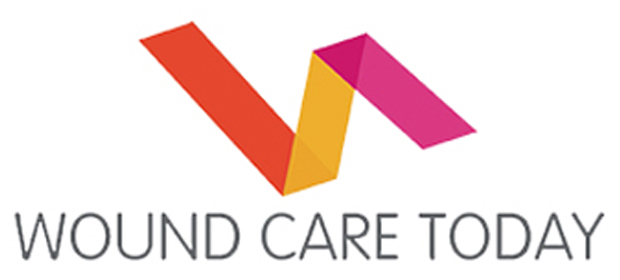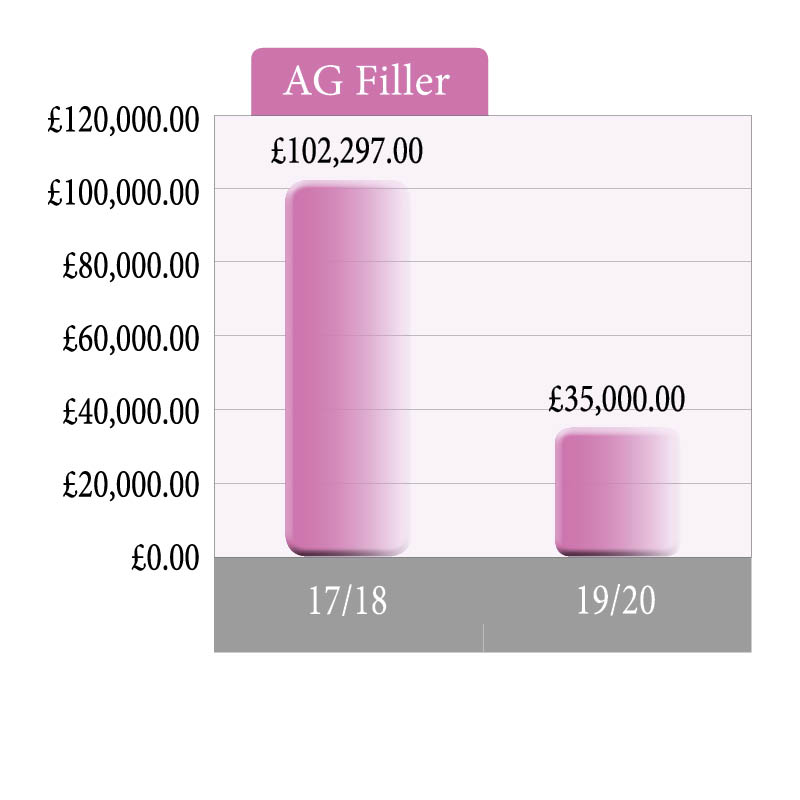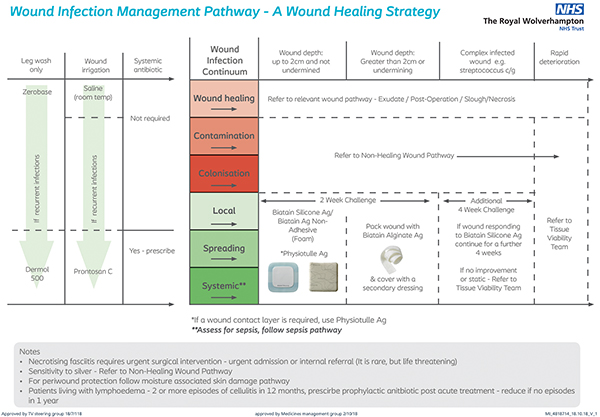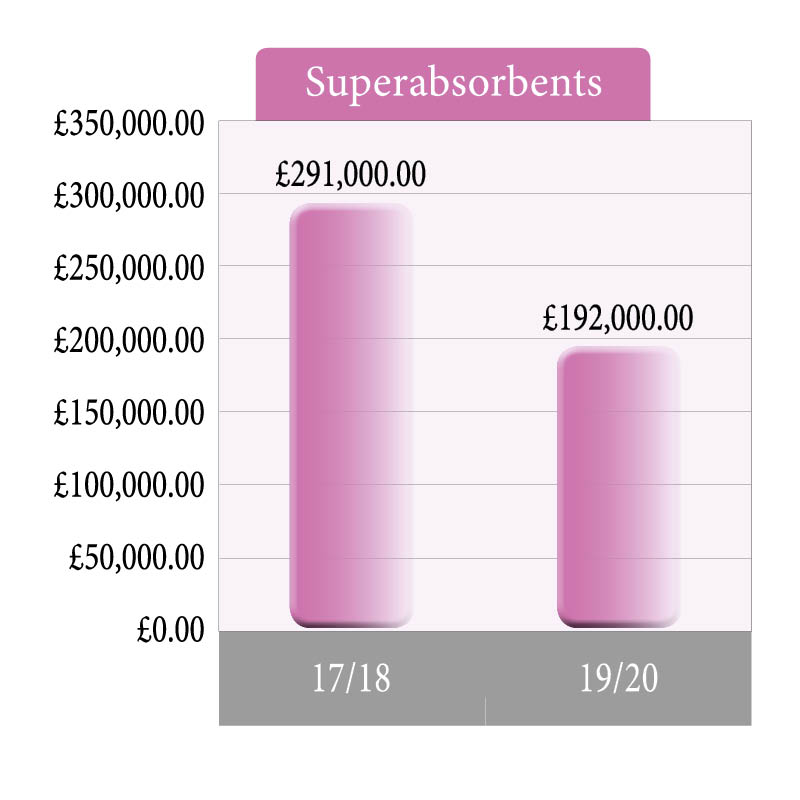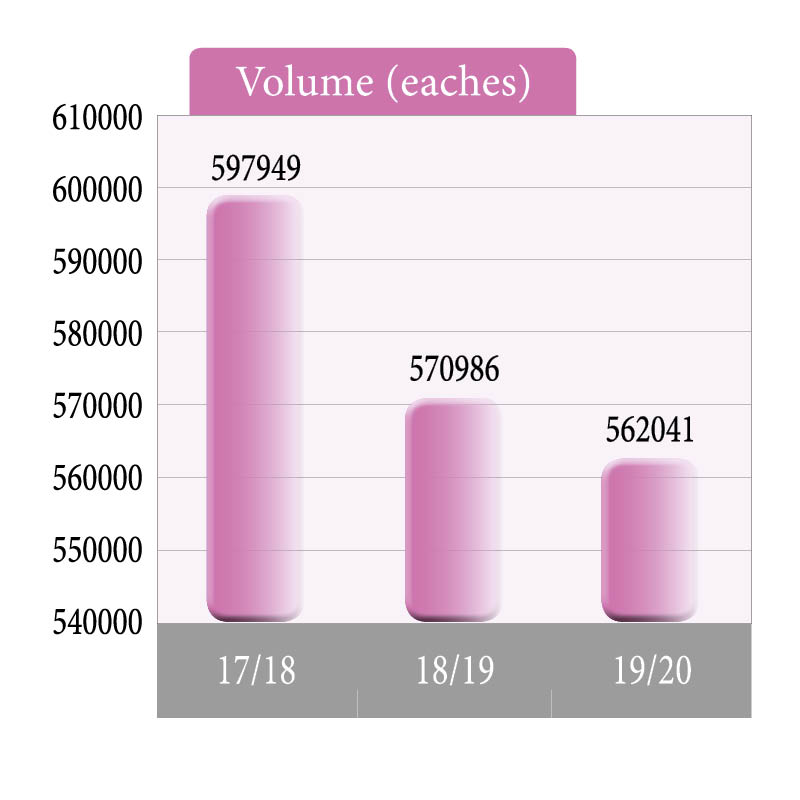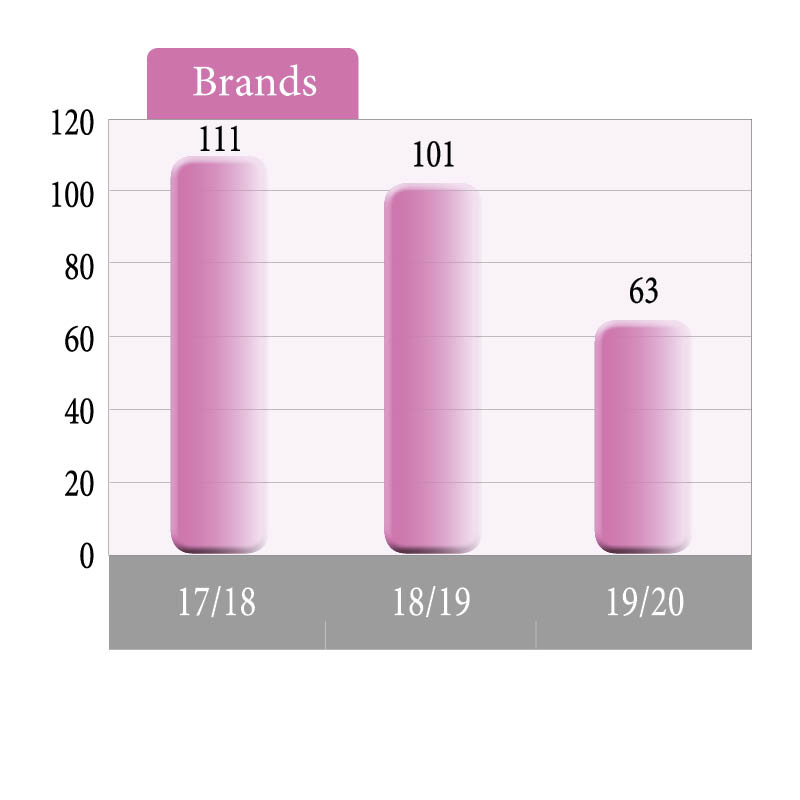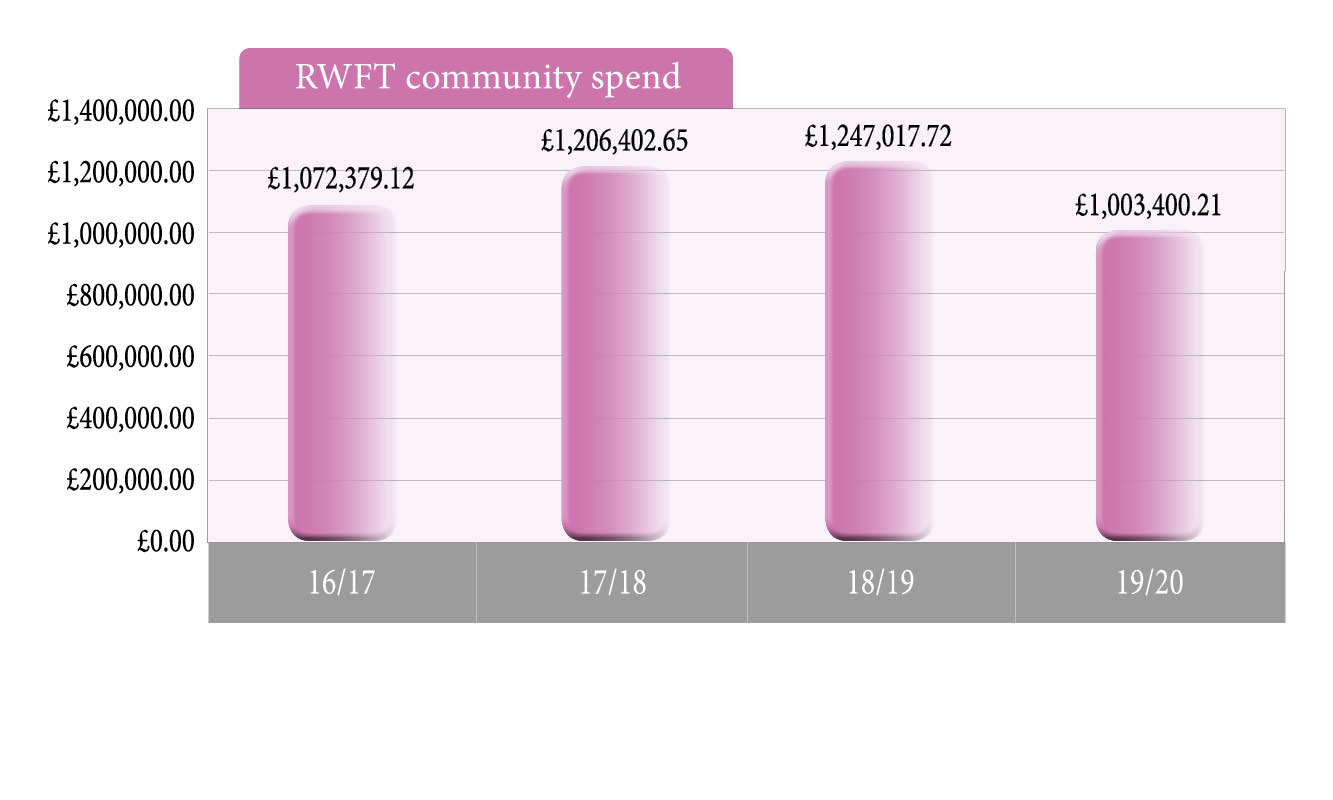References
Adderley U (2018) The National Wound Care Strategy Programme. Available online: www.woundcare-today.com/journals/issue/wound-care-today/article/national-wound-care-strategy-programme
Alderwick H, Robertson R, Appleby J, et al (2015) Better value in the NHS: the role of changes in clinical practice. The King’s Fund, London
Department of Health (2012) Report. Long-term conditions compendium of information. Third edn. DH, London
Dowsett C, Bielby A, Searle R (2014) Reconciling increasing wound care demands with available resources. J Wound Care 23(11): 552–62
Dowley V, Tomes J (2018) Implementation and use of ONPOS to drive efficiency and cost-savings in an average-sized CCG. Available online: www.woundcare-today.com/journals/issue/wound-care-today/article/onpos-implementation-drive-efficiency-and-cost-savings
Gray TA, Rhodes S, Atkinson RA, et al (2018) Opportunities for better value wound care: a multiservice, cross-sectional survey of complex wounds and their care in the UK community population. Br Med J Open Access
Griffin J (2013) Reviewing the impact of online non-prescription supply of wound care dressings — ONPOS. Poster presentation, Wounds UK, Harrogate
Griffin J (2015) Driving efficiencies in wound care expenditure through service redesign utilizing an online non-prescription ordering service. Wounds UK 11(3): 1–6
Grothier L (2011) Using ONPOS to implement the QIPP Agenda. Poster presentation, Wound UK, Harrogate
Grothier L (2013) Reflections on the implementation of a web-based non-prescription ordering system. Wounds UK 9(2): 51–5
Guest JF, Ayoub N, McIlwraith T, et al (2015) Health economic burden that wounds impose on the National Health Service in the UK. BMJ Open 5: e009283. Available online: http://bmjopen.bmj.com/content/5/12/e009283
Guest JF, Vowden K, Vowden P (2017) The health economic burden that acute and chronic wounds impose on an average clinical commissioning group/health board in the UK. J Wound Care 26(6): 292–303
Imbirski K (2013) Utilising ONPOS to change practice and reduce waste within an integrated care team. Poster presentation, Wounds UK, Harrogate
Knight S (2010) Introducing a new method of providing wound care products. Wounds UK 6(2): 66–73
Markey P, Barrett S (2017) The benefits of using an online ordering service to improve efficiency in wound care services. Br J Healthcare Manage
23(11): 1–7
Milne J (2018) Comparison of survey results prior to and 6 months following the introduction of an online non-prescription ordering service. Poster presentation, Wound Care Today, Milton Keynes
National Prescription Centre (2012) Key Therapeutics Topics — Medicines Management Options for Local Implementation. NICE, London
NHS England (2014) Five Year Forward View. NHS England, London. Available online: www.england.nhs.uk/wp-content/uploads/2014/10/5yfv-web.pdf
NHS England (2018) Leading Change, Adding Value: A framework for nursing, midwifery and care staff. Available online: www.england.nhs.uk/wp-content/uploads/2018/05/lcav-e-learning-tool-v1.pdf
NHS England (2019) NHS Long-term Plan. Available online: www.england.nhs.uk/long-term-plan
Office of National statistics (2017) Available online: www.ons.gov.uk/peoplepopulationandcommunity/populationandmigration/populationestimates/articles/overviewoftheukpopulation/july2017
Ubbink DT, Santema TB, Stoekenbroek RM (2014) Systemic wound care: a meta-review of Cochrane systematic reviews. Surg Technol Int 24: 99–111
Alderwick H, Robertson R, Appleby J, et al (2015) Better value in the NHS: the role of changes in clinical practice. The King’s Fund, London
Department of Health (2012) Report. Long-term conditions compendium of information. Third edn. DH, London
Dowsett C, Bielby A, Searle R (2014) Reconciling increasing wound care demands with available resources. J Wound Care 23(11): 552–62
Dowley V, Tomes J (2018) Implementation and use of ONPOS to drive efficiency and cost-savings in an average-sized CCG. Available online: www.woundcare-today.com/journals/issue/wound-care-today/article/onpos-implementation-drive-efficiency-and-cost-savings
Gray TA, Rhodes S, Atkinson RA, et al (2018) Opportunities for better value wound care: a multiservice, cross-sectional survey of complex wounds and their care in the UK community population. Br Med J Open Access
Griffin J (2013) Reviewing the impact of online non-prescription supply of wound care dressings — ONPOS. Poster presentation, Wounds UK, Harrogate
Griffin J (2015) Driving efficiencies in wound care expenditure through service redesign utilizing an online non-prescription ordering service. Wounds UK 11(3): 1–6
Grothier L (2011) Using ONPOS to implement the QIPP Agenda. Poster presentation, Wound UK, Harrogate
Grothier L (2013) Reflections on the implementation of a web-based non-prescription ordering system. Wounds UK 9(2): 51–5
Guest JF, Ayoub N, McIlwraith T, et al (2015) Health economic burden that wounds impose on the National Health Service in the UK. BMJ Open 5: e009283. Available online: http://bmjopen.bmj.com/content/5/12/e009283
Guest JF, Vowden K, Vowden P (2017) The health economic burden that acute and chronic wounds impose on an average clinical commissioning group/health board in the UK. J Wound Care 26(6): 292–303
Imbirski K (2013) Utilising ONPOS to change practice and reduce waste within an integrated care team. Poster presentation, Wounds UK, Harrogate
Knight S (2010) Introducing a new method of providing wound care products. Wounds UK 6(2): 66–73
Markey P, Barrett S (2017) The benefits of using an online ordering service to improve efficiency in wound care services. Br J Healthcare Manage
23(11): 1–7
Milne J (2018) Comparison of survey results prior to and 6 months following the introduction of an online non-prescription ordering service. Poster presentation, Wound Care Today, Milton Keynes
National Prescription Centre (2012) Key Therapeutics Topics — Medicines Management Options for Local Implementation. NICE, London
NHS England (2014) Five Year Forward View. NHS England, London. Available online: www.england.nhs.uk/wp-content/uploads/2014/10/5yfv-web.pdf
NHS England (2018) Leading Change, Adding Value: A framework for nursing, midwifery and care staff. Available online: www.england.nhs.uk/wp-content/uploads/2018/05/lcav-e-learning-tool-v1.pdf
NHS England (2019) NHS Long-term Plan. Available online: www.england.nhs.uk/long-term-plan
Office of National statistics (2017) Available online: www.ons.gov.uk/peoplepopulationandcommunity/populationandmigration/populationestimates/articles/overviewoftheukpopulation/july2017
Ubbink DT, Santema TB, Stoekenbroek RM (2014) Systemic wound care: a meta-review of Cochrane systematic reviews. Surg Technol Int 24: 99–111

